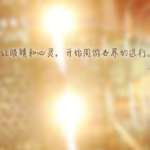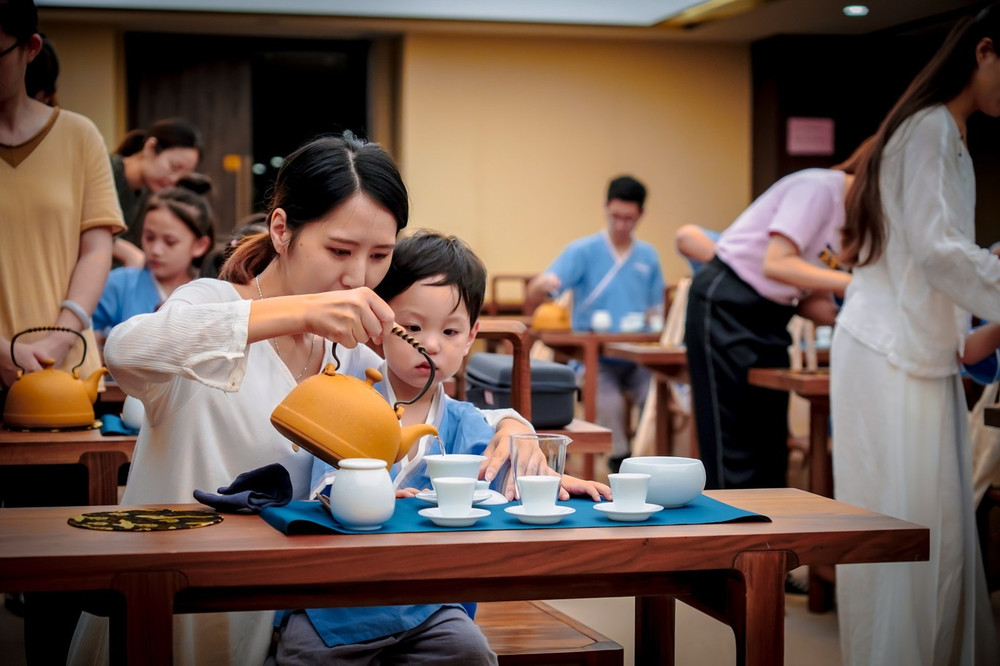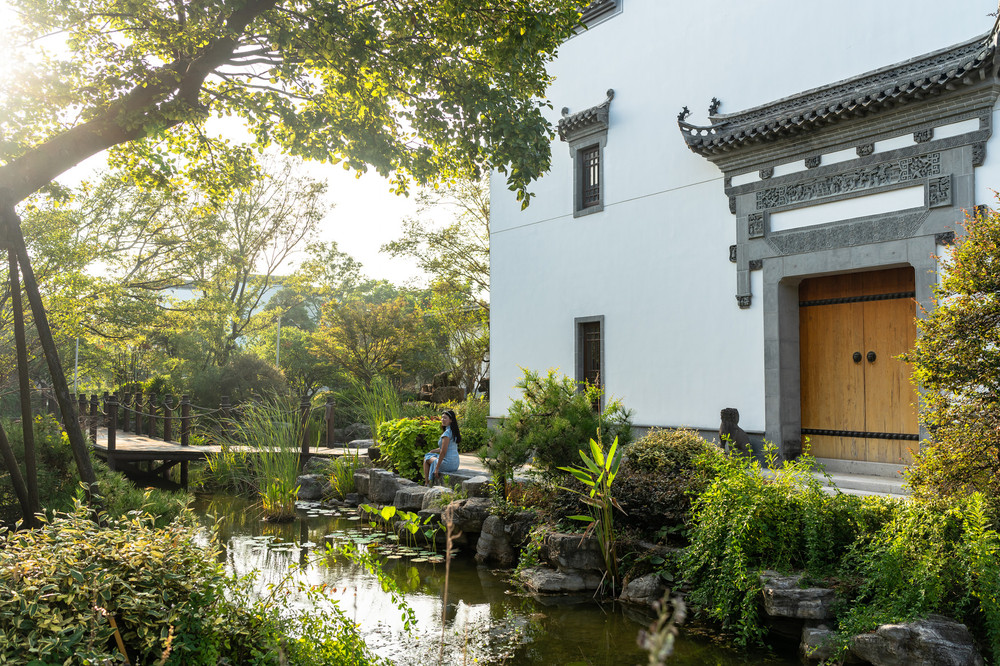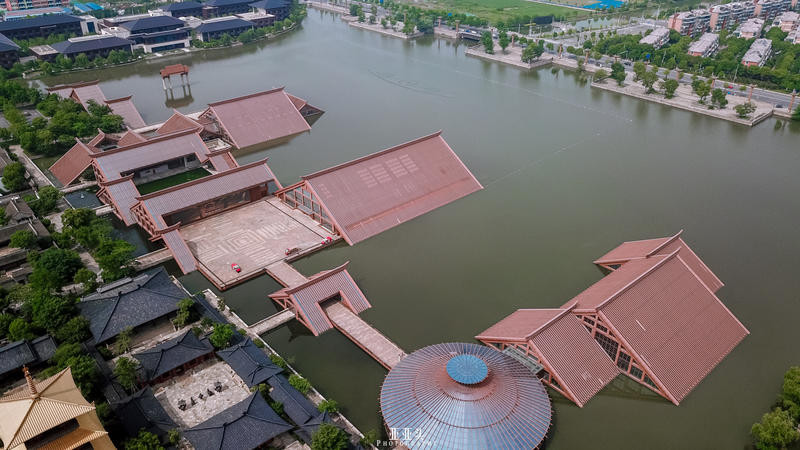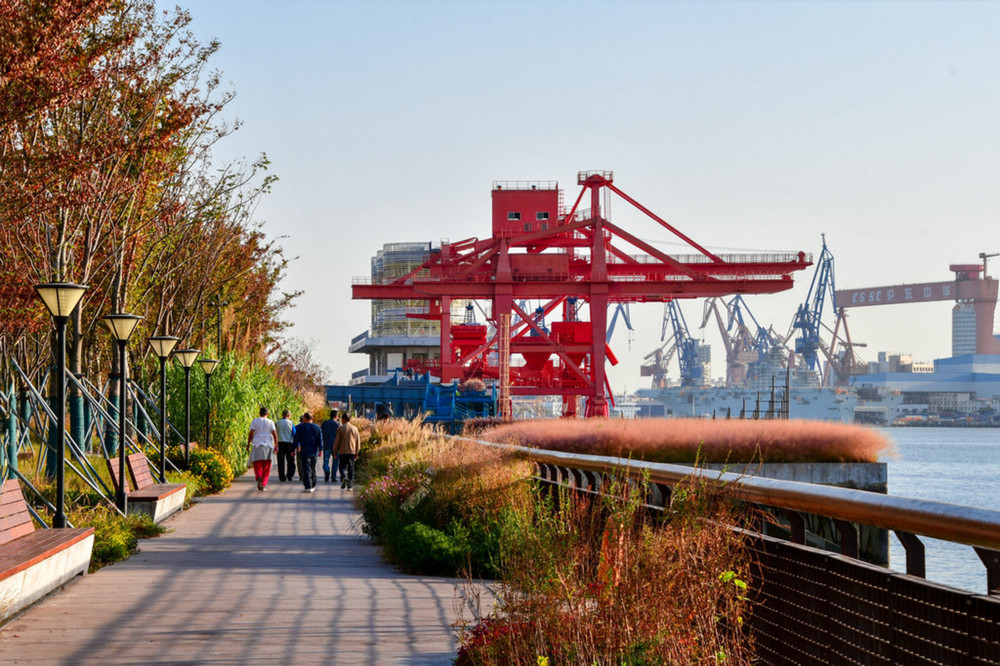Duration: 2 days, Time: January, With whom: Husband and wife, Activities: Self-driving, free travel, hiking, budget travel, saving money, weekend trip. Published on 2022-04-18 22:23. Travel location: Hengshan Park, Xujiahui, Shanghai. Upon exiting Xujiahui Park and crossing the street, one arrives at Hengshan Park. Although it appears small in scale, we have a habit of not passing by without entering. Despite its size, the park is strictly managed and not as open as Xujiahui Park, requiring health code verification upon entry, a common requirement during the pandemic. Hengshan Park was established in 1925, covering an area of over ten thousand square meters, and was built by the French Concession’s Public Works Bureau. The original site had a river to the north with low-lying terrain, which was filled with dredged silt from the Xujiahui River, requiring a total of five thousand tons of mud to level the area, indicating the previous low-lying nature of the land. After the construction was essentially completed, the park was opened to foreigners in 1926. Indeed, it was initially exclusive to foreigners, as it was within the concession area, reflecting a humiliating period of China’s semi-colonial status. Hengshan Road was originally named Petain Road, hence the park was named Petain Park. The park was renamed along with the road. The current park underwent renovations in the 1960s and did not reopen until the 1980s, largely maintaining its original state. Upon entering, one can see a bronze statue standing on a stone block, which is of Mr.Shen Junru, styled Bingfu and known by his sobriquet Hengshan, was a distinguished scholar of the Qing Dynasty’s Guangxu period. He was born in Jiaxing, Zhejiang, and his ancestral home on the southern bank of Jiaxing City has now been converted into the Shen Junru Memorial Hall. Despite the park’s long history, a statue of Shen Junru was not erected until the 1990s. The statue’s presence in the park may be attributed to his sobriquet or his contributions in Shanghai, as many of his descendants continue to reside in the city today. This suggests an enduring connection between Mr. Shen and Hengshan Park.

Mr. Shen’s educational journey took him to Japan, from where he returned to China to participate actively in the Xinhai Revolution and the subsequent struggle against the Beiyang warlords. In 1912, he became a member of the Tongmenghui and was instrumental in founding the China Democratic League. During the May Fourth Movement, Shen was a vocal advocate for new morals and culture, penning articles that resonated with the era. He held various significant positions, including serving as a member of Congress, the Chief Prosecutor of the Guangdong Military Government, and the Dean of Shanghai’s Law School.
Shen’s commitment to his country extended beyond his academic and political roles. Alongside Soong Ching-ling and others, he played a pivotal role in initiating and organizing the National Salvation Federation. His active involvement in the anti-Japanese salvation movement and leadership of the renowned ‘Seven Gentlemen’ of the National Salvation Federation further cemented his legacy.
Following the establishment of New China, Shen Junru continued to serve his nation in various capacities. He held the position of President of the Supreme People’s Court, Vice Chairman of the National Committee of the Chinese People’s Political Consultative Conference, Vice Chairman of the Standing Committee of the National People’s Congress, and Chairman of the Central Committee of the Democratic League. Recognized as the ‘banner of the left-wing democratic personages’ and ‘a brilliant example of patriotic intellectuals’, Shen Junru’s contributions to China’s modern history are both profound and enduring.He is more renowned for his peculiar passion for collecting stones. His collection is diverse, encompassing meteorites from the sky, fossils from the earth, and over two hundred mineral specimens. He named his study “Living with Stones,” earning him the title of “Stone Enthusiast.” Later, the collection was passed down to his third son, Shen Shuyuan, who in turn passed it on to his son, Shen Kuan. Shen Kuan, also a “Stone Enthusiast,” named his residence “Sincerely Stone Dwelling.”
The park is small, but its central lawn spans over a thousand square meters, surrounded by brightly blooming camellias and tea flowers. At the park’s main entrance, there are two hundred-year-old camphor trees; it is said that another one is hidden in the eastern grove, but we were merely passing by and did not seek it out.
Nearby the park, there stands the Chinese Railway Workers Memorial Tower, erected in memory of the Chinese railway builders. Their contributions were pivotal in connecting the east and west coasts of the United States. The memorial tower, crafted with three thousand railway spikes, commemorates their efforts. This monument was dedicated by the government of Illinois in 1991, under the governorship of James R. Thompson, and was sculpted by Gloria Conlon.
After a hurried tour, the day was already advancing. On our way to transfer buses at Health Park, we couldn’t resist taking another stroll around the park. Although there were few flowers in winter, the bright red berries of the Nandina domestica added a touch of vibrancy, barely giving a splash of color to the winter theme of Health Park.Forced constraints:
1. No translation is needed. Keep it in English.





